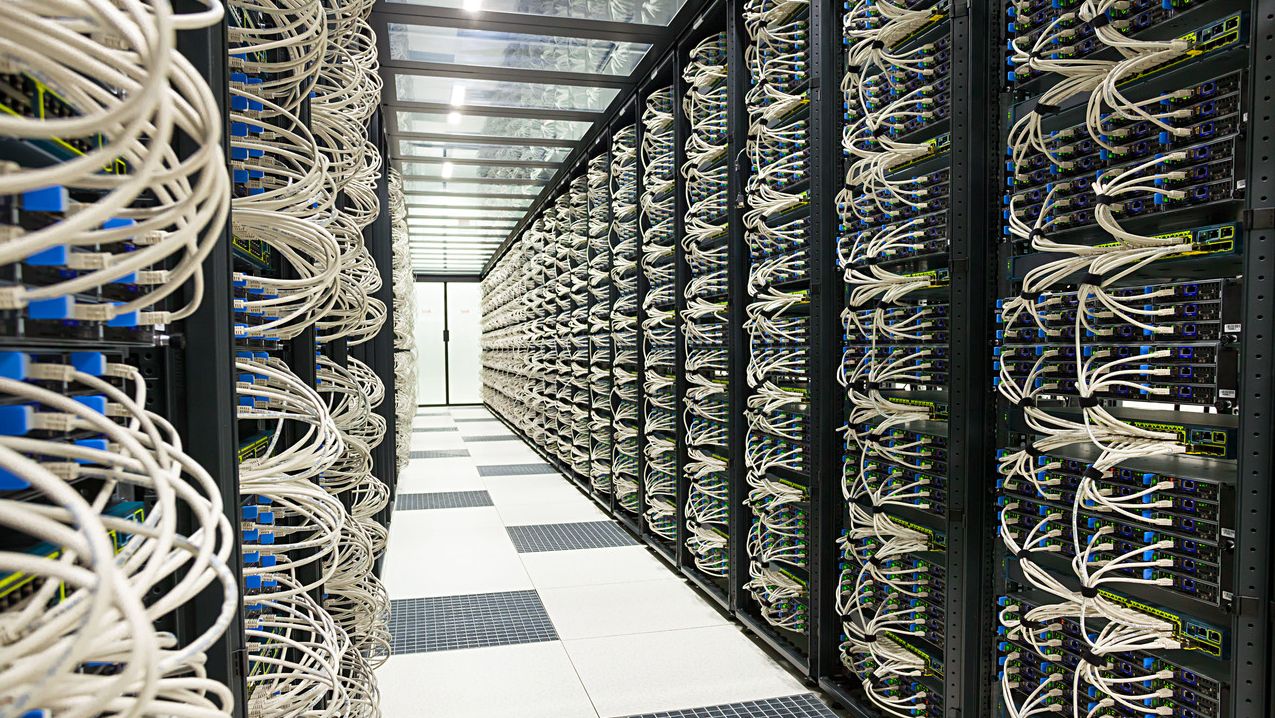Barcodes: half a century of reading data and delivering insights
The importance of barcodes and their impact around the world

As we celebrate 50 years of the barcode, we're consistently reminded how they’ve been used to track many aspects of our lives for half a century.
Barcodes were originally invented to speed up the grocery shopping process but have now become a part of our daily schedule. In fact, barcodes are now so common they are often overlooked. They can be linked to almost every product on the planet in some way, revealing a whole host of information with a simple scan and a ubiquitous ‘beep’. Behind this process, a world of data is shaping how companies meet rising consumer demands and stretched supply chains, from the manufacturing of products to the shop floor, or even our doorstep. Real-time metrics
To revolutionize the logistics around the manufacture and shipping of millions of products, a barcode is attached to every item, effectively connecting two systems, and transferring data instantaneously. The most basic function of barcodes is to give digital insights on the physical world. This gives companies full visibility of how their products are being shipped and provides them with the oversight to resolve issues that could affect profitability.
Scanning a barcode can trigger different actions including shipping, financial records or even a customer service notification via email. Barcodes can be the link between a labyrinth of applications powering sophisticated businesses.
Despite the apparent simplicity of barcodes, across industries, they connect systems from inside and outside an organisation’s network to ensure efficiency. As a tool, barcodes reduce human involvement in data transfer, ultimately speeding up processes and saving money. In a global shipping operation, barcodes can keep track of the exact movement of products as they pass through multiple carriers and third-party services.
To maximize performance, barcodes are now being linked to Internet of Things (IoT) devices to monitor information about packages. Besides location tracking, these devices can monitor other environmental changes such as temperature, altitude, and humidity. Although this may seem extensive, when tracking valuable parcels to customers, companies can identify any conditions that pose a potential risk to the product.
Powered by stripes
Far beyond the supermarket checkout, barcode technologies power some of the world’s largest and most complex logistics operations in a range of industries from shipping, retail, and healthcare. These companies rely on barcodes to communicate seamlessly around the globe, ensuring that their services and products get from A to B.
Sign up to the TechRadar Pro newsletter to get all the top news, opinion, features and guidance your business needs to succeed!
Greg is a Western Digital Systems Engineer specialising in enterprise storage.
Particularly in the retail sector, a whole host of challenges were brought about by the pandemic as consumers' shopping habits changed overnight. Rather than simply shopping online, customers now want to buy online but pick up their goods from various locations—such as a curb or a locker.
As these systems have come into play in such a short space of time, efficiency is still lacking as they were established with necessity in mind. For retailers, this means that the margin on a transaction that goes through an omnichannel approach, is still less profitable than the standard retailer’s digital/physical system. As these omnichannel systems are becoming more commonplace, retailers are now looking for methods to enhance profitability while maintaining customer convenience.
According to the Annual Global Shopper Study conducted by Zebra, a manufacturer of barcode technologies, nearly half of consumer respondents had left a shop empty-handed because what they were after wasn’t in stock. This is a 26% increase since before the pandemic.
Because of the usefulness of these insights, increasing numbers of workers in stores are now carrying tablets, handheld computers, or even wearable ones. At all levels, actionable insights can keep a retail operation efficient and under control, no matter the size or complexity of the logistics.
What’s next for barcodes?
Simple barcodes have been a key component of the global economy for many years. In recent years, more complex barcodes have been introduced such as QR codes to increase the possibilities of what can be tracked and how. As well as using the typical scanning device, QR codes can also be used as a real-time shortcut through the camera of modern smartphones.
During the COVID-19 pandemic, these became widely used for location tracking to prevent the spread of disease and flag risk. Nowadays, these seemingly simple black and white squares are widely used and scanned to take consumers to websites on their phones and are even used for plane boarding passes.
Compared to barcodes, QR codes are easier and quicker to use as well as having greater capabilities. Going forward, we are likely to see QR codes become more widely used alongside barcodes in a variety of use cases from public transport to contactless menus. Displayed on certain food products, QR codes can even be used to highlight country of origin, ingredients or allergens.
The better our tracking systems become, the more efficient our supply chains. In certain cases, this even offers an opportunity promote sustainability and a circular economy, a system based on the reuse and regeneration of materials or products. As we look to limit waste, better tracking is tool to foster a greener future.
Barcodes themselves are quick, simple and easy to implement. However, their impact on the world economy may be far reaching.
Greg Nikonov, Systems Engineer for enterprise storage, Western Digital.